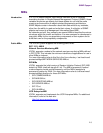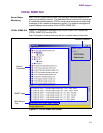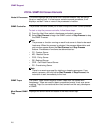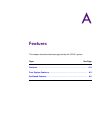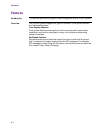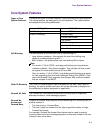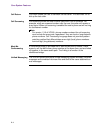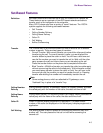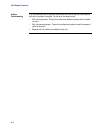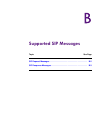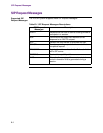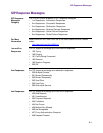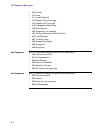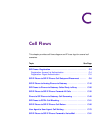
Set-Based Features
A-5
Set-Based Features
Definition Set based features are features that a user can enable from a phone set.
These features are an example of how SIP-based networks are able to
transfer much of its intelligence to its end-points.
Many SIP IP phone sets have a variety of “smart” features. The VOCAL
system supports the following set-based features:
• Call Transfer
• Calling Number Delivery
• Calling Name Delivery
• Caller ID
• Call Waiting
• AdHoc Conferencing
Transfer The Transfer key on a phone set allows the user to direct a call to another
number or person. There are two types of transfers:
• Consult Transfer -With consult transfer you consult the other party before
transferring the call. To consult transfer a caller, you would press the
transfer button to place the caller on hold. You will hear a dial tone and
can dial the number you want to transfer the call to. Wait until the other
party answers the call and inform them you are transferring the call.
Press the transfer button on the phone set to complete the transfer.
• Blind Transfer—With blind transfer you transfer the caller to another party
without announcing the caller to the called party. To blind transfer a caller,
you would press transfer to place the caller on hold. You will hear a dial
tone and can dial the number you want to transfer the call to. Pressing
transfer after dialling the number will immediately transfer the call.
Note
Some analog phones, which are attached to IP gateways, use a
“flashback” key in place of a “transfer” key.
Calling Number
Delivery
Calling Number Delivery, or commonly called Call Display Number, provides
the called party with the number of the caller, the date and time of call.
Calling Name
Delivery
Calling Name Delivery, or commonly called Call Display Name, provides the
called party with the name of the caller, the date and time of call.
Caller ID Caller ID requires display equipment or application. The name and/or
number of the caller are displayed on the called party’s display equipment or
application.
Call Waiting Call waiting allows a user to receive an incoming call while the user is on
another call. The user places the first call on hold while answering the
second call.



